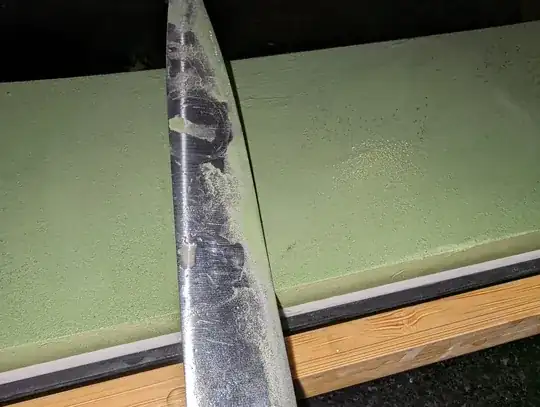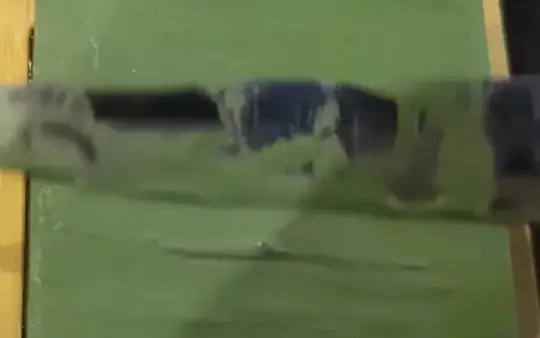I am new to using whetstones. As such, I purchased a cheap Whetstone (manufacturer is FULUDM) and used an old cheap knife to practice.
What I've noticed is, the 1000g grit (which is a green stone) seems to generate a paint like substance. My searches online provide 0 results as to what this is.
Is this expected or does this indicate a fault or a poor technique?
My technique? Soak it for 30 minutes and ensure there is a thin layer of water on the top at all times (as per the instructions). Hold the knife at about 22 degree angle (depending on material).
You can see the state of my knife from the Whetstone

And this gif should also show the paint like substance generated (sorry it's so low quality)


